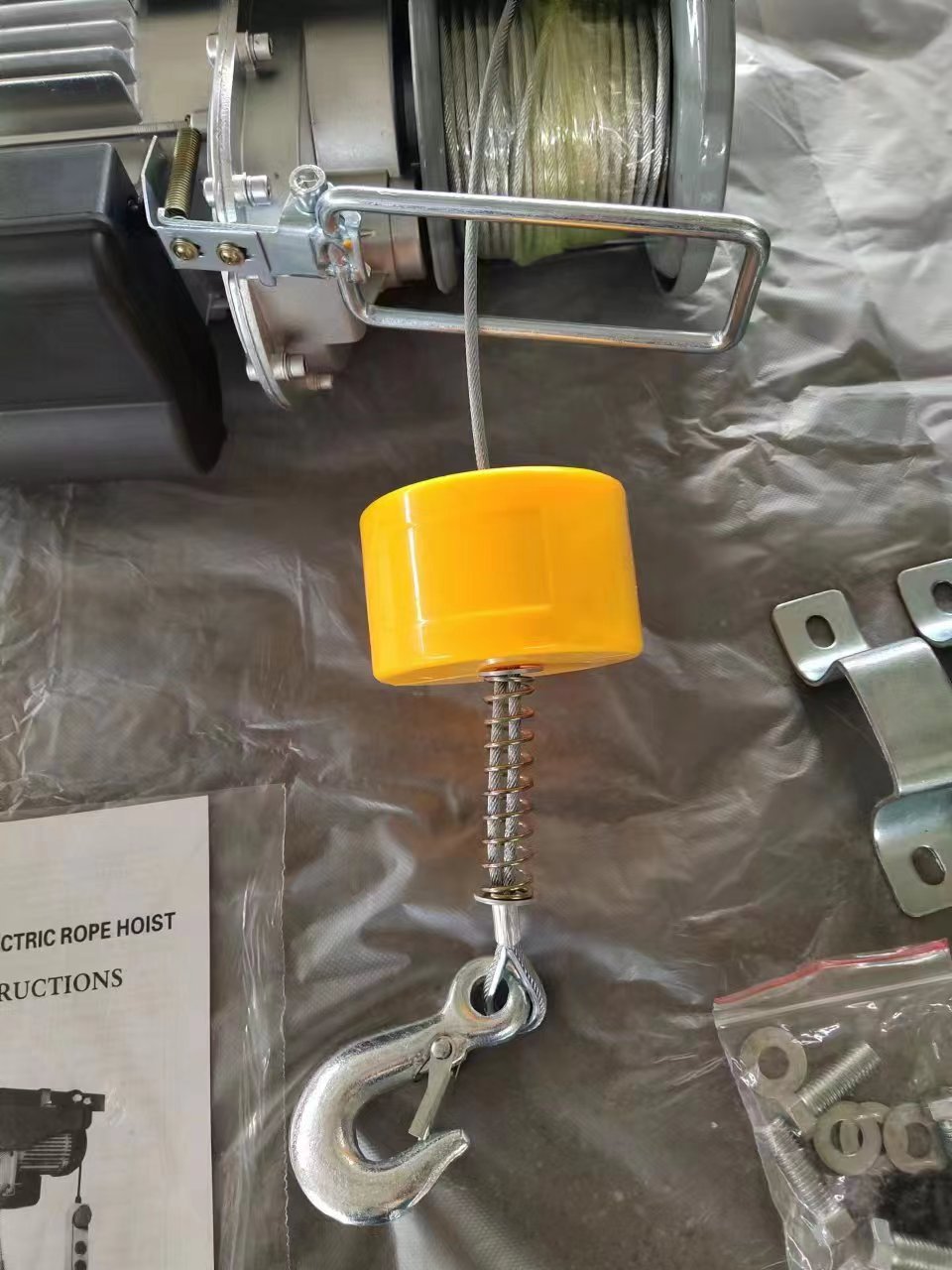


Understanding Lifting Scales An Essential Tool in Various Industries
Lifting scales, also known as crane scales or hanging scales, are vital instruments used in various industries to measure the weight of objects that require lifting. These scales are designed to facilitate safe and efficient loading, transporting, and handling of heavy items, ensuring that operations run smoothly while maintaining safety standards.
One of the primary features of lifting scales is their robustness. Constructed to endure harsh industrial environments, these scales are typically made from durable materials that can withstand high weights and environmental factors, such as dust and moisture. Designed for a wide range of lifting capacities, from lightweight items to several tons, lifting scales offer versatility that meets the needs of different sectors, including construction, manufacturing, shipping, and logistics.
In industries where heavy lifting is routine, the precision of weight measurement is paramount. Lifting scales are equipped with advanced load cells that provide high accuracy, ensuring that operators have reliable data for weight management. This precision is critical, for example, in the aerospace or automotive industries, where every component's weight influences design and structural integrity. Accurate measurements also play a crucial role in operations involving heavy machinery, where overweight loads can lead to equipment failure or accidents.

Another important aspect of lifting scales is their ease of use. Many modern models come with digital displays that allow for easy reading of weights from a distance. Some scales are designed with wireless connectivity, enabling operators to monitor load weights from remote locations. This feature enhances safety, as it minimizes the risk of accidents when handling heavy loads. Furthermore, many lifting scales are equipped with memory functions to store weight readings, which can be beneficial for tracking materials and optimizing inventory management.
Moreover, lifting scales contribute significantly to workplace safety. Overloading a crane or hoisting equipment can lead to catastrophic failures. By using accurate lifting scales, operators can determine the safe lifting capacity needed for their loads, thereby reducing the risk of accidents and ensuring compliance with safety regulations. Regular maintenance and calibration of lifting scales are also essential to uphold their accuracy, which can further enhance workplace safety.
In summary, lifting scales are indispensable tools across various industries that require efficient and safe handling of heavy loads. Their robustness, precision, and ease of use not only facilitate streamlined operations but also significantly contribute to maintaining safety standards. As industries continue to evolve, the technology behind lifting scales is also advancing, incorporating features that enhance usability and safety. Investing in high-quality lifting scales is not merely a matter of convenience but a critical aspect of operational efficiency and safety management in the modern industrial landscape. Whether in construction, manufacturing, or logistics, these scales remain a fundamental component in lifting and moving heavy materials safely and effectively.



